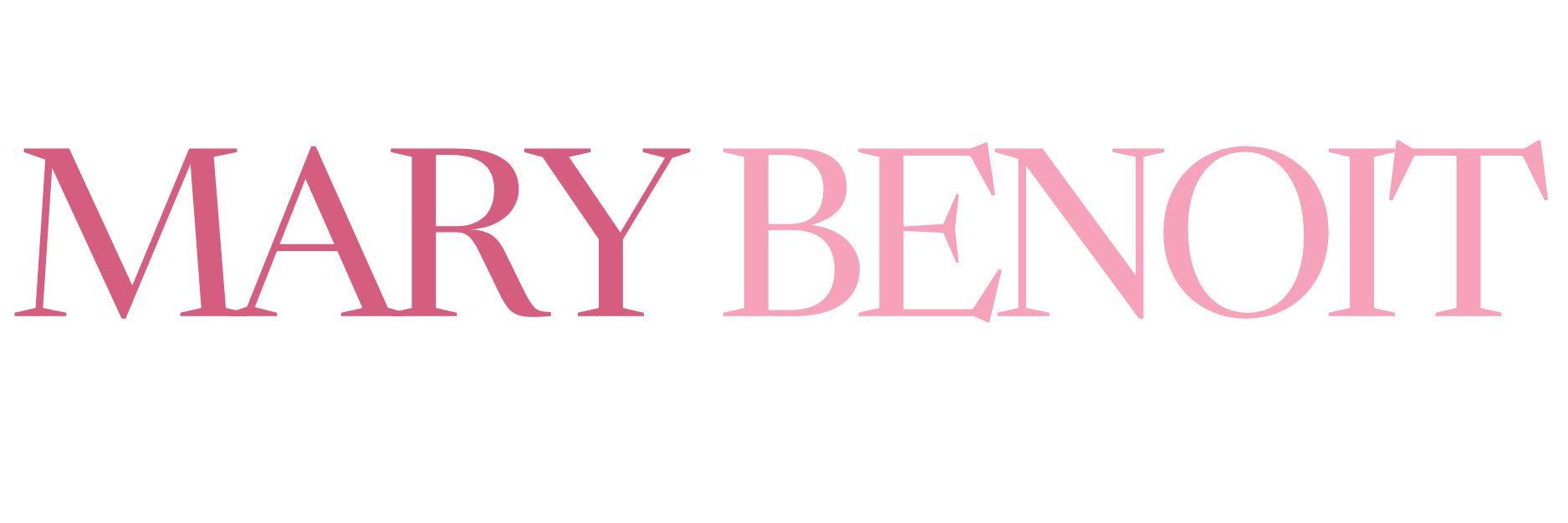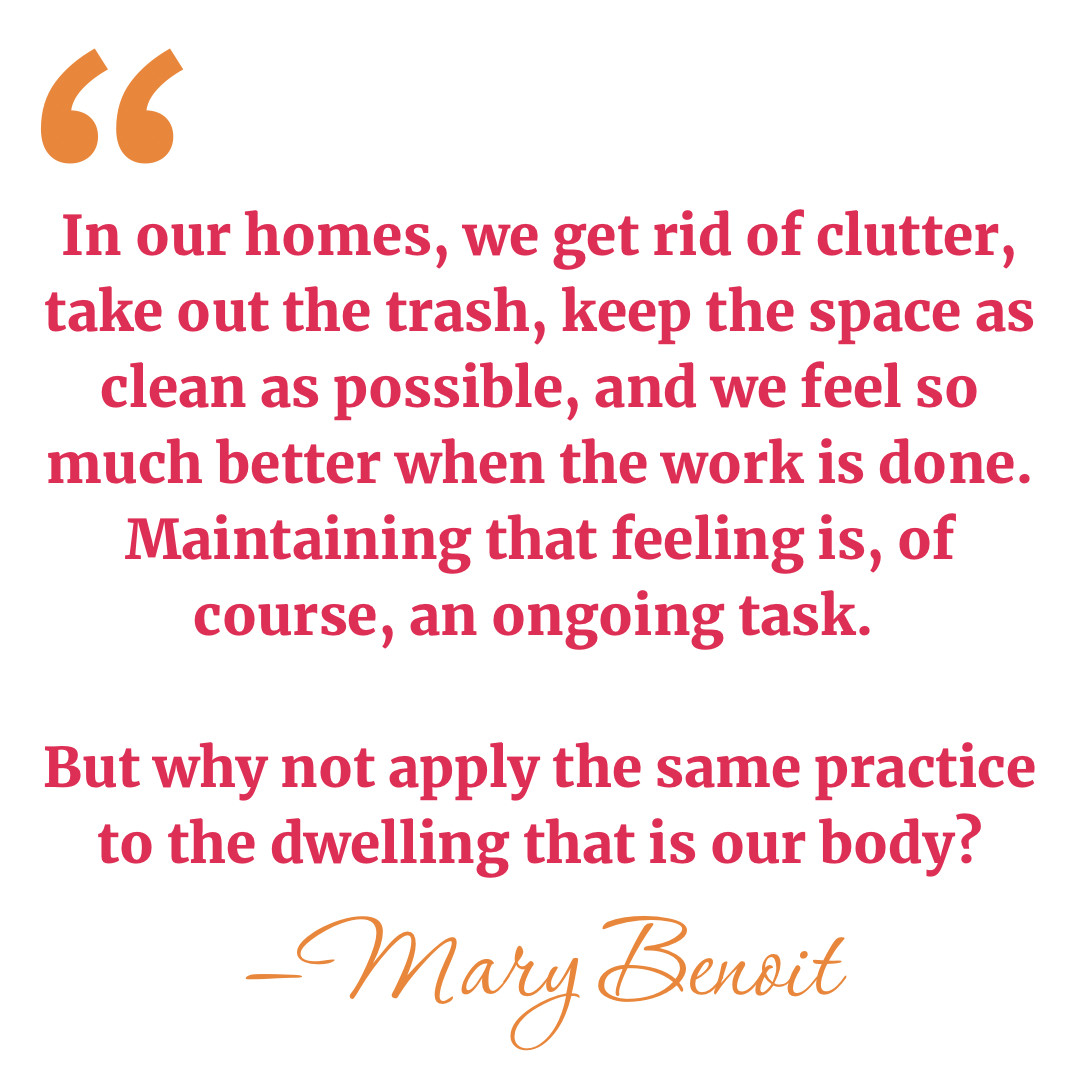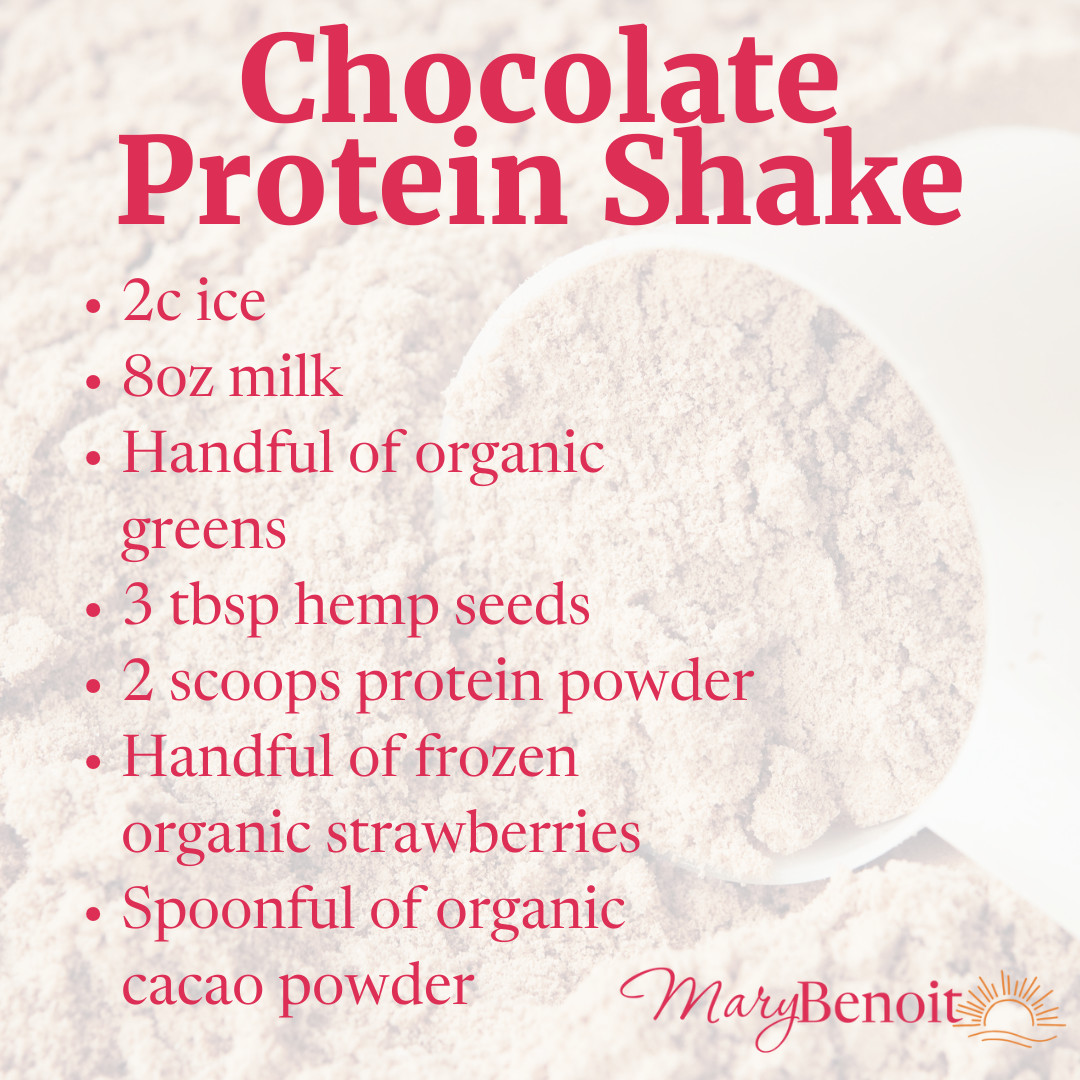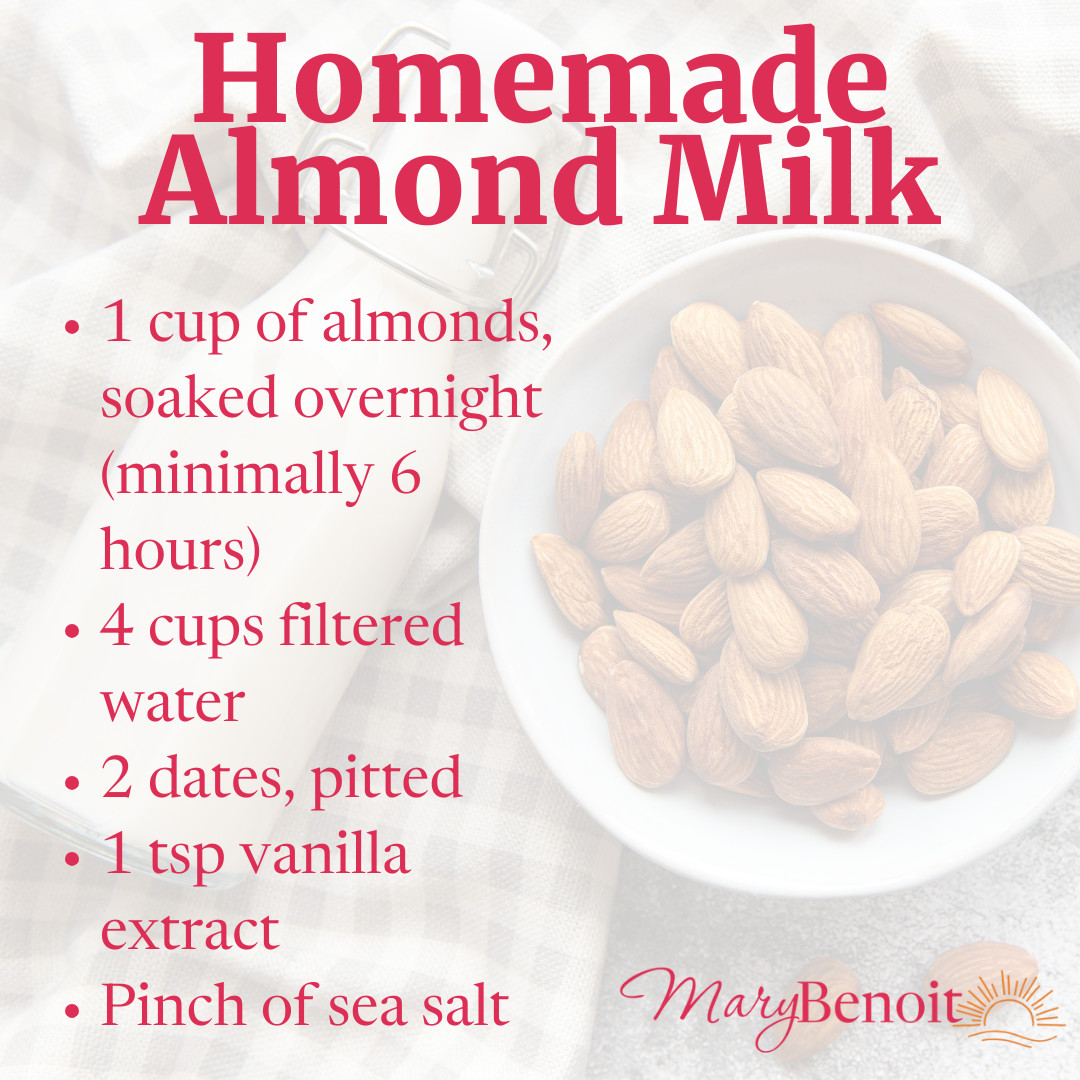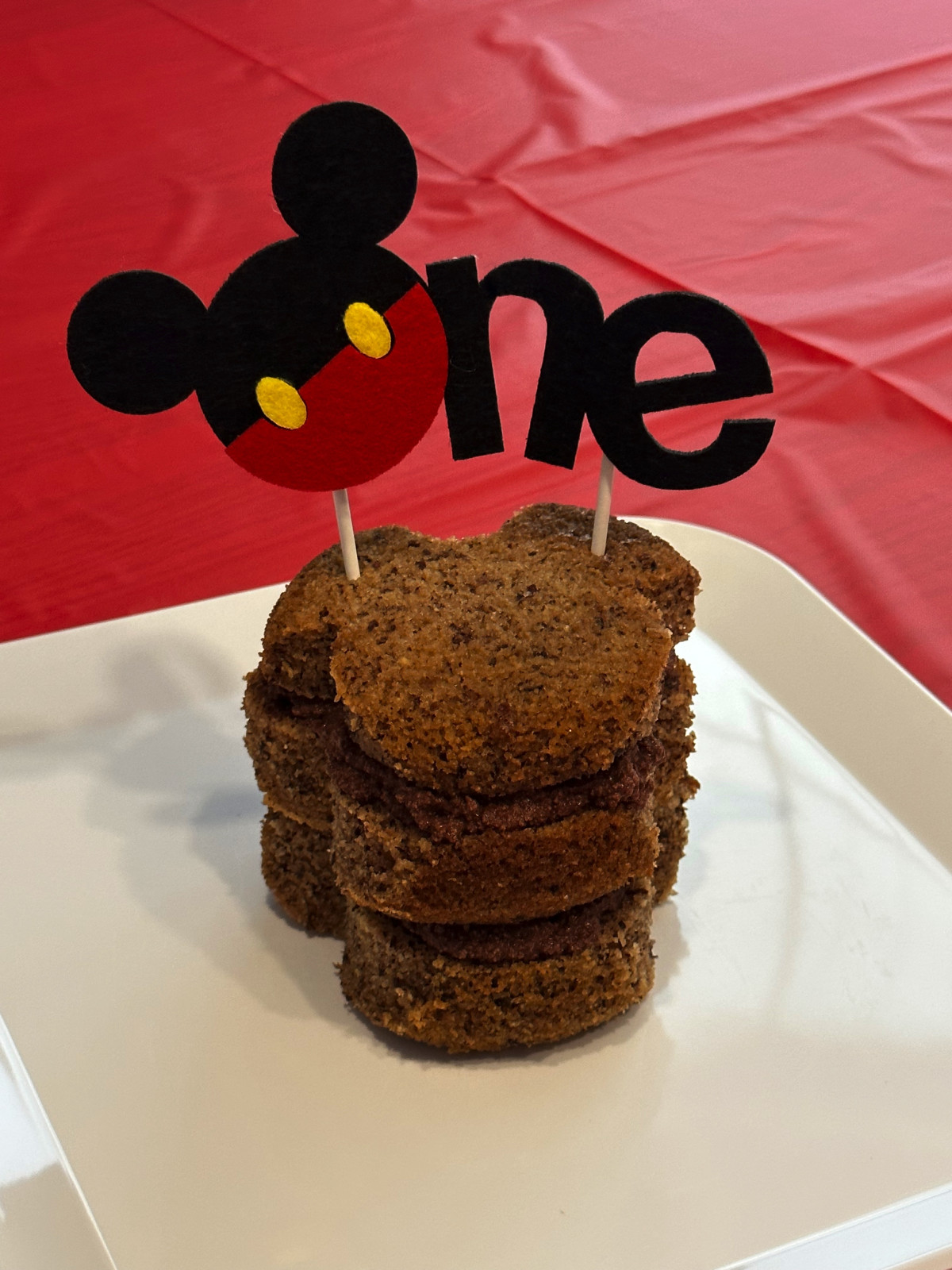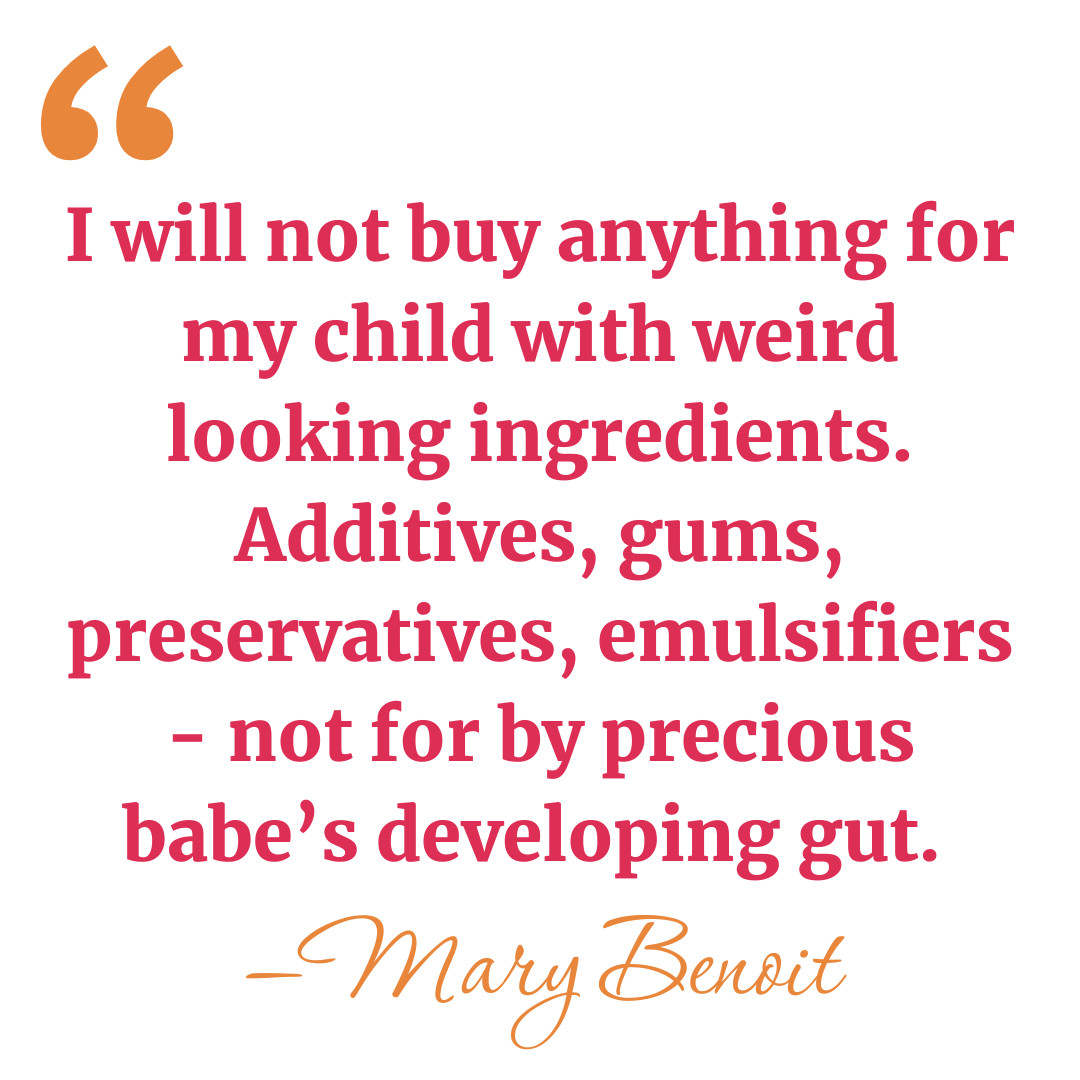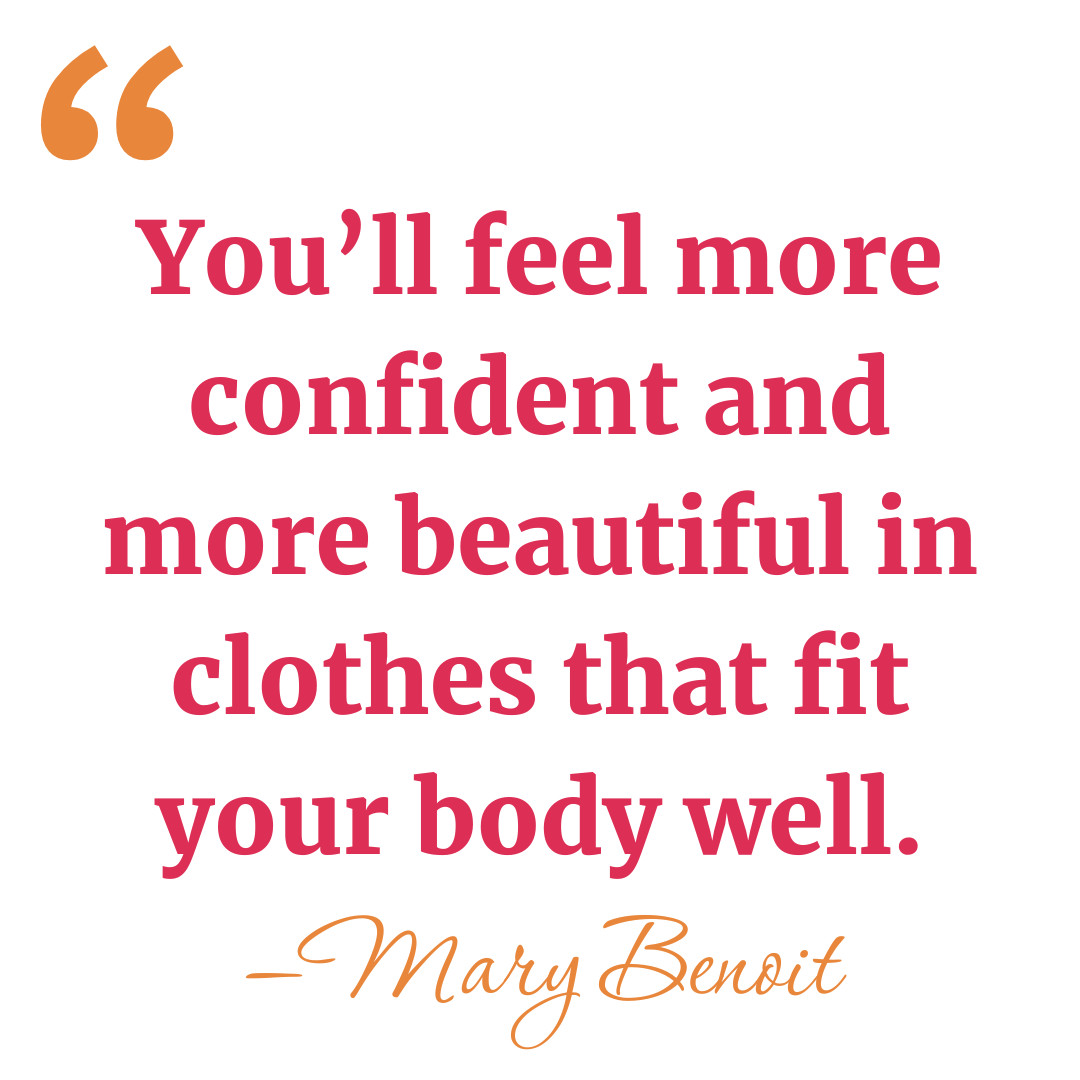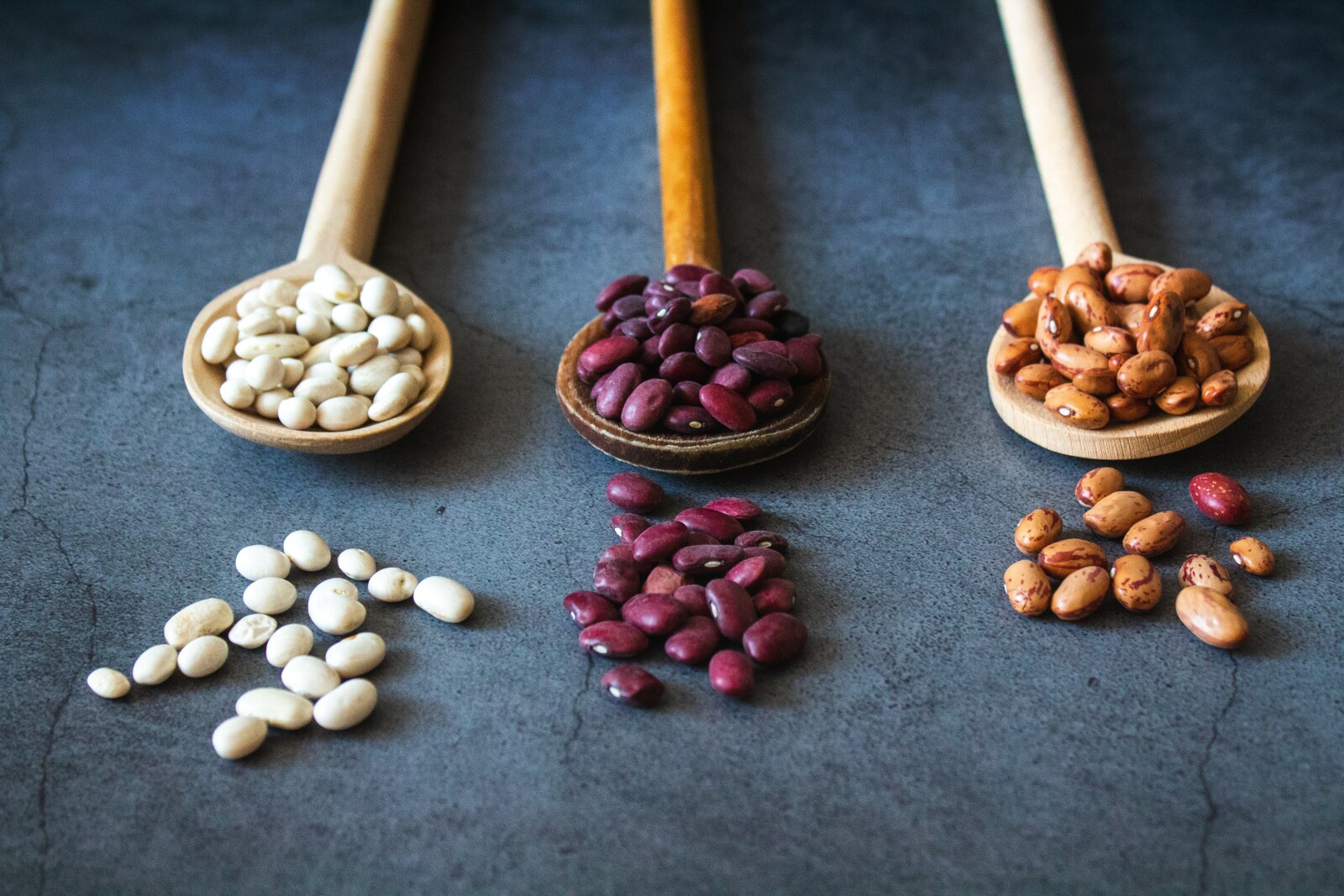
I love tacos. It’s one of our go to meals at home. I’ve learned I REALLY like taco meat with refried beans cooked in it.
I don’t pay much attention to calories when it comes to any food, but something I definitely pay close attention to is the ingredient list.
Do I recognize the words? How long is the list? Do any of these seem unnecessary?
I have found that refried beans are one of many products that, when bought in the least expensive form, contain a lot of unnecessary ingredients.
For this reason I started buying organic refried black beans simply because that was the only alternative at the store that had an acceptable ingredient list. Organic prepared black beans, water, sea salt.
No natural flavors, no lard, no additives for retaining color or texture.
But then my beans went out of stock! And they’ve stayed that way!
For a while we were just making taco meat without them, but it doesn’t taste as good and the meat doesn’t go as far without it!
So I recently started making my own refried beans. Does it take a little more time? Yes. But it’s not bad at all!
- Drain your can or box (yes, “boxed” beans is a thing - and actually my preference!) of beans
- Add 1/4c water to a pot with a splash of oil, add in your drained beans, stir & cook covered on medium heat for 5 minutes
- Turn heat to low and use a potato masher (or a fork if you’re like me and don’t have all the fancy kitchen things) to smash the beans up to desired texture, stir & cook UNcovered for 3 more minutes
- Add any desired sea salt, cilantro, lime juice or other yummy things — although I usually don’t add anything since the beans I use usually already have sea salt in them and I’m adding it directly to the taco meat anyway
Pro tip: Pinto beans have a creamier texture than black beans, but both turn out fine!
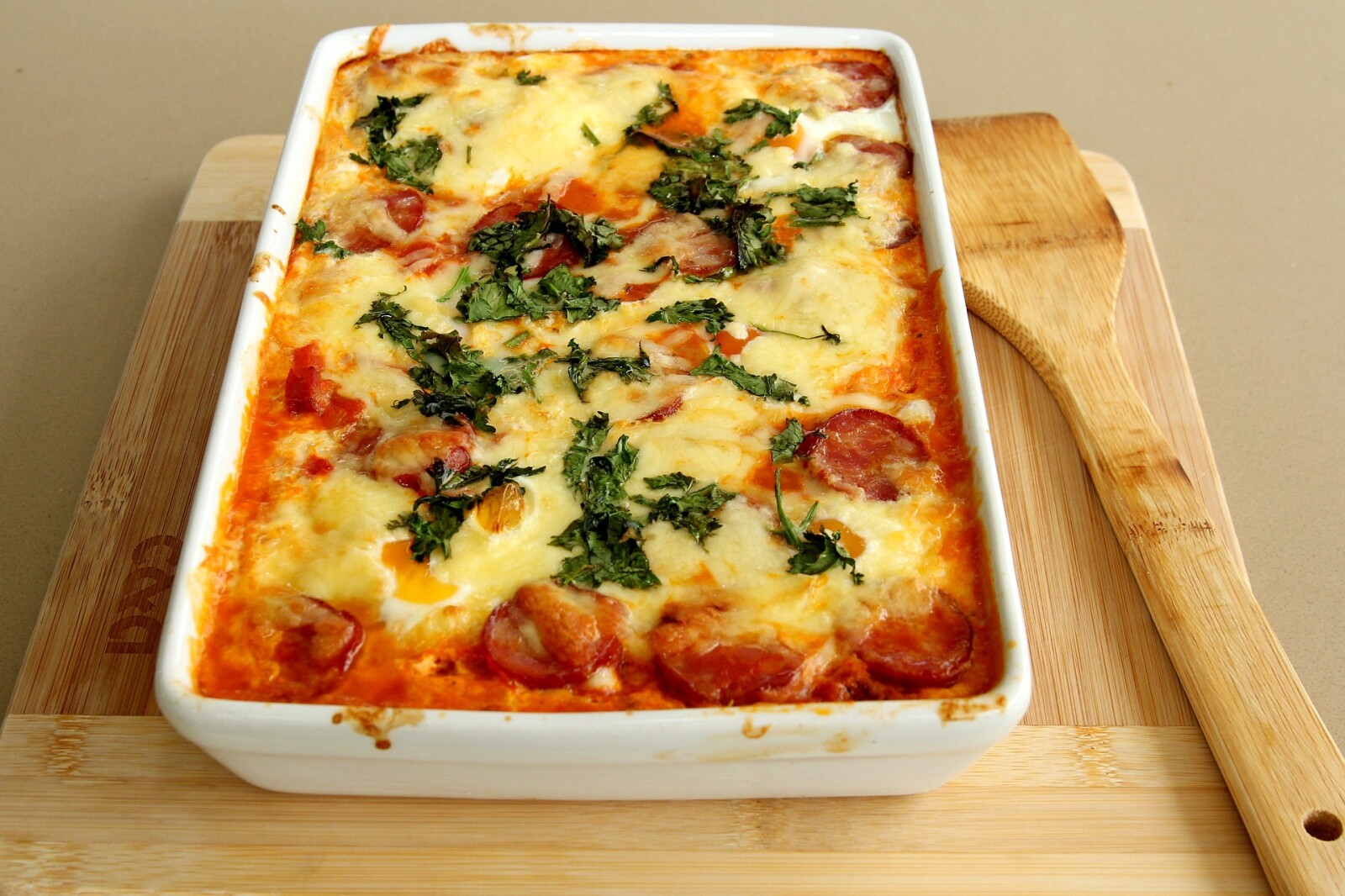
Donuts, bagels, toast, pancakes, waffles, croissants, cereal, breakfast bars. These are the things we hear about when it comes to breakfast.
But here’s the problem.
Carbs for breakfast lead to a blood sugar crash followed by cravings throughout the day - setting yourself up for one bad choice after another.
Carbs for breakfast are typically the easiest choices, but not the best way to start our day.
And I get it. The carbs are comfort food.
But we need to get in the habit of loving foods that love us back - and not in the toxic cycle of eating bad foods for comfort or convenience and then wondering why we feel less than our best.
Planning ahead is so key. And I know this can be tough, especially on a busy schedule.
My favorite solution for a high PROTEIN breakfast is an egg bake. And it’s actually good enough to have for dinner if you really wanted to!
We’re currently still in farmers market season which is great for a lot of different reasons.
Local, organic & in-season foods are the most nutritious for us. And the farmers market is the perfect place to find these!
You also know you’re getting the freshest produce possible, and you’re supporting a small business rather than giving your money to the large corporations.
The most time consuming part of making an egg bake is simply the vegetable prep. The washing and chopping.
If you absolutely need to (depending on the day, the week, or just your season of life) you can purchase pre-washed, pre-chopped veggies from the store.
Here are some of my favorites to use.
- Spinach
- Sweet peppers
- Broccoli
- Tomatoes
- Mushrooms
Going to the farmers market also gives you a chance to try something you’ve maybe never heard of before!
I typically choose about 3 different kinds of vegetables, and then I choose a meat. Either bacon or mild Italian sausage.
I pre-cook the meat in a skillet on the cooktop, then I add in my veggies and sauté. Once that’s done, I whisk up a dozen eggs and combine it all in a 9x12 glass pan & bake at 400F for 35 minutes.
It’s so yummy! And so easy to grab and go!! It can be eaten hot or cold, and it’s soooo much better for you than your “typical” breakfast choices.
Plus it’s a super easy way to get vegetables in at the most difficult time of day to get your veggies in and like it.

Pregnancy cravings led me straight to the Starbucks line where I spent $5 on a single Matcha Latte or Peppermint Mocha. If we know anything about Starbucks, we know it’s not budget friendly and usually not very healthy. God only knows how much sugar goes in those drinks.
I knew this wouldn’t be a sustainable choice for my bank account, but the questionable ingredients also weren’t good for baby (or me!) so I started trying to figure out how to make my own warm, frothy drinks from home.
I ended up getting this Milk Frother & Hot Chocolate Maker, and it’s been a game changer!
I’ll preface this by saying you do have to get used to the flavor and texture a little bit, and some milks froth better than others. This definitely isn’t an exact comparison to the Starbucks drinks. In fact, when I made my first matcha latte I remember thinking it wasn’t as frothy or sweet as Starbucks, but it was good enough to keep me from going back for a while!
Because I was well aware the Starbucks drinks were filled with sugar, I started making my matcha lattes with vanilla soy milk. Vanilla because I know that’s the kind they use at Starbucks (which contributes to the sugar load) and soy because that’s the milk I like best from Starbucks.
I knew eventually I’d be able to work back down to unsweetened milk, but for now I just needed to switch to the homemade stuff even if it had more sugar than I liked to admit! Sometimes you just gotta do what you gotta do.
I’m at the point now where I use unsweetened almond milk, and I don’t miss the professionally made drinks at all!
Matcha Latte
(Pour directly into Frother milk jug)
- 1 cup milk (I’ve been using Silk Unsweetened Almond Milk)
- 1 tsp matcha powder (make sure the only ingredient is matcha powder - a lot of them have added cane sugar)
- 1 tsp vanilla extract (my favorite is from Trader Joe's)
- 1/2 tbsp pure maple syrup (bonus points if it’s local, EXTRA bonus points if you can work to minimizing or even eliminating the sweetener!)
Hit the button on the Frother ONCE and wait for it to turn itself off.
I totally eyeball all of this other than the amount of matcha powder because I don’t want to overdo the caffeine — and I definitely fill the milk jug past the max fill line.
Next I needed to find an alternative for a Peppermint Mocha. I had zero clue that the only difference between a Peppermint Hot Chocolate and a Peppermint Mocha is the espresso they put in the mocha, but now I know. Good thing too, because I definitely wasn’t ordering it for the caffeine. In fact, even pre-pregnancy I barely ever had caffeine. So I went to Pinterest to find a healthy hot chocolate that actually tastes good.
Healthy Hot Chocolate
(Pour directly into Frother milk jug)
- 1 cup milk (I’ve been using Silk Unsweetened Almond Milk)
- 1 tbsp raw cacao powder (NOT cocoa powder)
- 1-3 dashes of cinnamon
- 1 pinch of sea salt
- 1 tsp vanilla extract
- 1/2 tbsp pure maple syrup (bonus points if it’s local, EXTRA bonus points if you can work to minimizing or even eliminating the sweetener!)
Hit the button on the Frother TWICE and wait for it to turn itself off. Enjoy!
The first thing to know about living a sustainably healthy lifestyle is just that - it needs to be sustainable.
Holidays are filled with savory foods and sweet treats we don’t eat on any normal day. Enjoying a bit of all your holiday favorites a few days out of the year is NOT a big deal in the grand scheme of things!
Being healthy definitely has to do with the foods you eat, but the health of your soul is equally - if not more - important. Gathering with friends and family around the holidays can be SO nurturing to your soul. If you put the pressure on yourself that you “can’t eat this” or “shouldn’t eat that” - are you going to enjoy yourself as much? Of course not!
With that in mind, there are definitely quick, easy swaps you can make in recipes to make them a bit more healthful.
When it comes to dairy, I always prefer organic. Butter, milk, sour cream. It’s cleaner and higher quality.
When it comes to meat, I always prefer free range and organic. If you’re feeding 10+ people for example and you’re preparing a much larger than normal amount of meat - obviously cost matters. If the organic, free range option is just not financially realistic for the holiday, that’s okay. Don’t go broke over this!
When it comes to sugar/sweetener I always prefer natural options like pure maple syrup or honey. Coconut sugar is also a more healthful option than “normal” sugar.
When it comes to salt, I always prefer sea salt over regular table salt or iodized salt.
When it comes to corn products, choose non-GMO! GMOs wreak havoc on your gut.
Lastly, when you’re getting any kind of ingredient for a recipe or a boxed good, flip it over and check the ingredients. So often, there are unnecessary unhealthy ingredients added to something you’d least expect.
In the end, just enjoy your holiday! You can follow the suggestions above to feel better about the dishes you prepare yourself, but don’t beat yourself up over indulging in holiday foods on a special occasion! But maybe keep some digestive enzymes on hand just in case. :)
If this was helpful for you, join my Facebook group where you can find more wellness tips – free of charge. <3
You can also grab my free guide on 3 Easy Steps to Lose Weight and Feel Amazing here.
Once I found out my eczema was gut health related, what did I do?
The VERY first thing I did? I honestly don’t remember. I think I just let it sink in. I may have started taking a probiotic again, but I wasn’t sure what the right steps were. I was in limbo for a little while.
A series of divine interventions led to me finding a free workshop my soon-to-be Health Coach was offering on gut health. I remember the flyer saying “eczema” and “gut health” and that’s all I really needed to be on board!
I went to her free workshop and then enrolled in her program. It was several weeks long during which time she educated us on different topics each week.
She talked about food. Grains. High glycemic versus low glycemic. Some things have stuck with me since going through her program like white rice and white potatoes versus brown rice and sweet potatoes. The first couple are high glycemic. The latter couple are low glycemic.
When you’re on a journey to heal your gut, low glycemic is easier on your digestive system. I still choose brown rice over white (in fact, I don’t even buy white rice and I cringe when it’s my only option eating out) and I order sweet potato fries over normal fries when I have the option.
Brown rice, quinoa & sweet potatoes are my easy go-tos when I’m trying to formulate a healthy meal.
Some easy (or no so easy?) things to cut out (or cut waaaaay back) are the super-inflammatory culprits. Gluten, dairy, sugar, alcohol. Processed foods can also be very inflammatory. A lot of them are also filled with addictive chemicals so you keep overeating and buying more. Ideally you want your food to COME FROM a plant, not be MADE IN a plant. See the difference?
Another not-so-fun guideline was to avoid eating out at all costs. The bottom line is you don't know what goes on in the kitchen. The sourcing of the meat, the vegetables, how much salt or sugar is added, etc.
Speaking of sourcing of meat: organic, grass fed beef. organic, free range chicken. wild caught (rather than farm raised) seafood. As far as vegetables, organic is preferred. In season and local is even better.
Let me emphasize right now that a restrictive diet is NOT something I recommend long term. (Although cutting out processed foods and sticking with organic meats is always a good idea.) On a journey to heal your gut? Sure! But only eating 5-7 different foods all the time is NOT good for your health.
Variety is the spice of life, and variety in your diet is actually essential!
This was a “detox” for us in the program. A “reset” for our bodies. We would not follow these “rules” long term, but for these several weeks we did the best we could. We just ate a nice, clean diet filled with high quality whole foods. Although - like I said - a lot of these practices stayed with me and would be good for you as well!
Vegetables were a huge part of that. Fruit too (organic green apples and berries have the least sugar), but vegetables more-so. Making sure your plate is at least half veggies is really important.
CHEWING is also really important! One week Jackie challenged us to chew our food 30 times before swallowing. Try it! It’s difficult!
This just begins to scrape the surface of my journey, so hang on tight for part 2 next week.
The VERY first thing I did? I honestly don’t remember. I think I just let it sink in. I may have started taking a probiotic again, but I wasn’t sure what the right steps were. I was in limbo for a little while.
A series of divine interventions led to me finding a free workshop my soon-to-be Health Coach was offering on gut health. I remember the flyer saying “eczema” and “gut health” and that’s all I really needed to be on board!
I went to her free workshop and then enrolled in her program. It was several weeks long during which time she educated us on different topics each week.
She talked about food. Grains. High glycemic versus low glycemic. Some things have stuck with me since going through her program like white rice and white potatoes versus brown rice and sweet potatoes. The first couple are high glycemic. The latter couple are low glycemic.
When you’re on a journey to heal your gut, low glycemic is easier on your digestive system. I still choose brown rice over white (in fact, I don’t even buy white rice and I cringe when it’s my only option eating out) and I order sweet potato fries over normal fries when I have the option.
Brown rice, quinoa & sweet potatoes are my easy go-tos when I’m trying to formulate a healthy meal.
Some easy (or no so easy?) things to cut out (or cut waaaaay back) are the super-inflammatory culprits. Gluten, dairy, sugar, alcohol. Processed foods can also be very inflammatory. A lot of them are also filled with addictive chemicals so you keep overeating and buying more. Ideally you want your food to COME FROM a plant, not be MADE IN a plant. See the difference?
Another not-so-fun guideline was to avoid eating out at all costs. The bottom line is you don't know what goes on in the kitchen. The sourcing of the meat, the vegetables, how much salt or sugar is added, etc.
Speaking of sourcing of meat: organic, grass fed beef. organic, free range chicken. wild caught (rather than farm raised) seafood. As far as vegetables, organic is preferred. In season and local is even better.
Let me emphasize right now that a restrictive diet is NOT something I recommend long term. (Although cutting out processed foods and sticking with organic meats is always a good idea.) On a journey to heal your gut? Sure! But only eating 5-7 different foods all the time is NOT good for your health.
Variety is the spice of life, and variety in your diet is actually essential!
This was a “detox” for us in the program. A “reset” for our bodies. We would not follow these “rules” long term, but for these several weeks we did the best we could. We just ate a nice, clean diet filled with high quality whole foods. Although - like I said - a lot of these practices stayed with me and would be good for you as well!
Vegetables were a huge part of that. Fruit too (organic green apples and berries have the least sugar), but vegetables more-so. Making sure your plate is at least half veggies is really important.
CHEWING is also really important! One week Jackie challenged us to chew our food 30 times before swallowing. Try it! It’s difficult!
This just begins to scrape the surface of my journey, so hang on tight for part 2 next week.
If this was helpful for you, join my Facebook group where you can find more wellness tips – free of charge. <3
You can also grab my free guide on 3 Easy Steps to Lose Weight and Feel Amazing here.
